The Art of Reconnaissance in Guerrilla Warfare
Reconnaissance is the heartbeat of guerrilla warfare. A resistance force can endure shortages of weapons, ammunition, or equipment—but never a shortage of intelligence. Knowing when to strike, when to disappear, and how to read the enemy’s movements separates survival from annihilation.
In irregular warfare, reconnaissance is not a supporting task; it is the campaign itself. Every ambush, raid, or act of sabotage depends on understanding the terrain and the opponent. From jungle patrols in Vietnam to drone surveillance over modern battlefields, the principle remains unchanged: victory favors those who see first and act fastest.
This article examines reconnaissance as both an art and a discipline. It explores how guerrillas turn observation into opportunity, how reconnaissance shapes strategy long before contact, and what lessons from history—and modern ISR technology—reveal about the enduring power of informed decision-making.
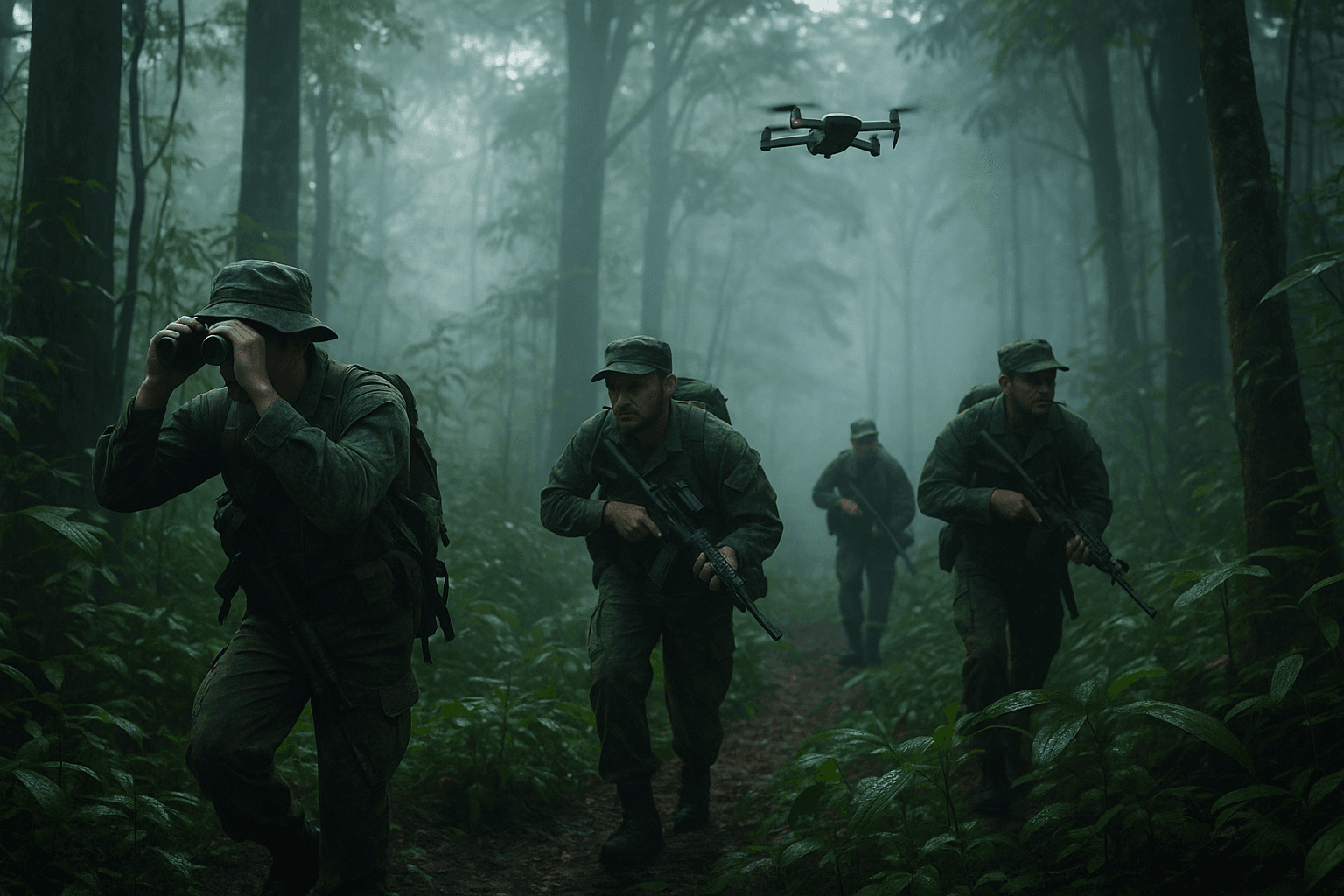
The Tactical Edge: Seeing Without Being Seen
At the tactical level, reconnaissance is the art of controlling uncertainty. Guerrillas rarely win through firepower; they win through foresight. Every patrol, ambush, or raid begins with knowing more than the enemy expects them to.
Effective reconnaissance transforms chaos into opportunity. It reveals patterns in enemy movement, weaknesses in defenses, and blind spots in observation. Whether in dense jungle, mountain valleys, or urban sprawl, the guerrilla fighter must turn the environment into both shield and sensor.
In today’s conflicts, this principle extends beyond line-of-sight observation. Commercial drones, improvised sensors, and civilian satellite imagery have become modern equivalents of the lone scout. They allow small forces to map patrol routes, track convoys, and confirm targets with unprecedented precision—capabilities once reserved for state militaries.
Reconnaissance at this level answers critical questions:
- Where is the enemy, and how do they move?
- What terrain features conceal or expose movement?
- Which routes offer the safest withdrawal after contact?
- How can observation continue without detection?
When reconnaissance is done well, the battlefield shifts from a contest of strength to a contest of perception. The guerrilla commander who sees first controls the tempo, shaping when and where the enemy must respond.
The Strategic Game: Winning Before the First Shot
Strategic reconnaissance determines whether a guerrilla movement endures or collapses. Tactical observation may win a skirmish, but strategic intelligence decides the campaign. Guerrilla forces cannot absorb heavy losses or sustain attritional warfare; they survive by selecting the time, place, and method of engagement with surgical precision.
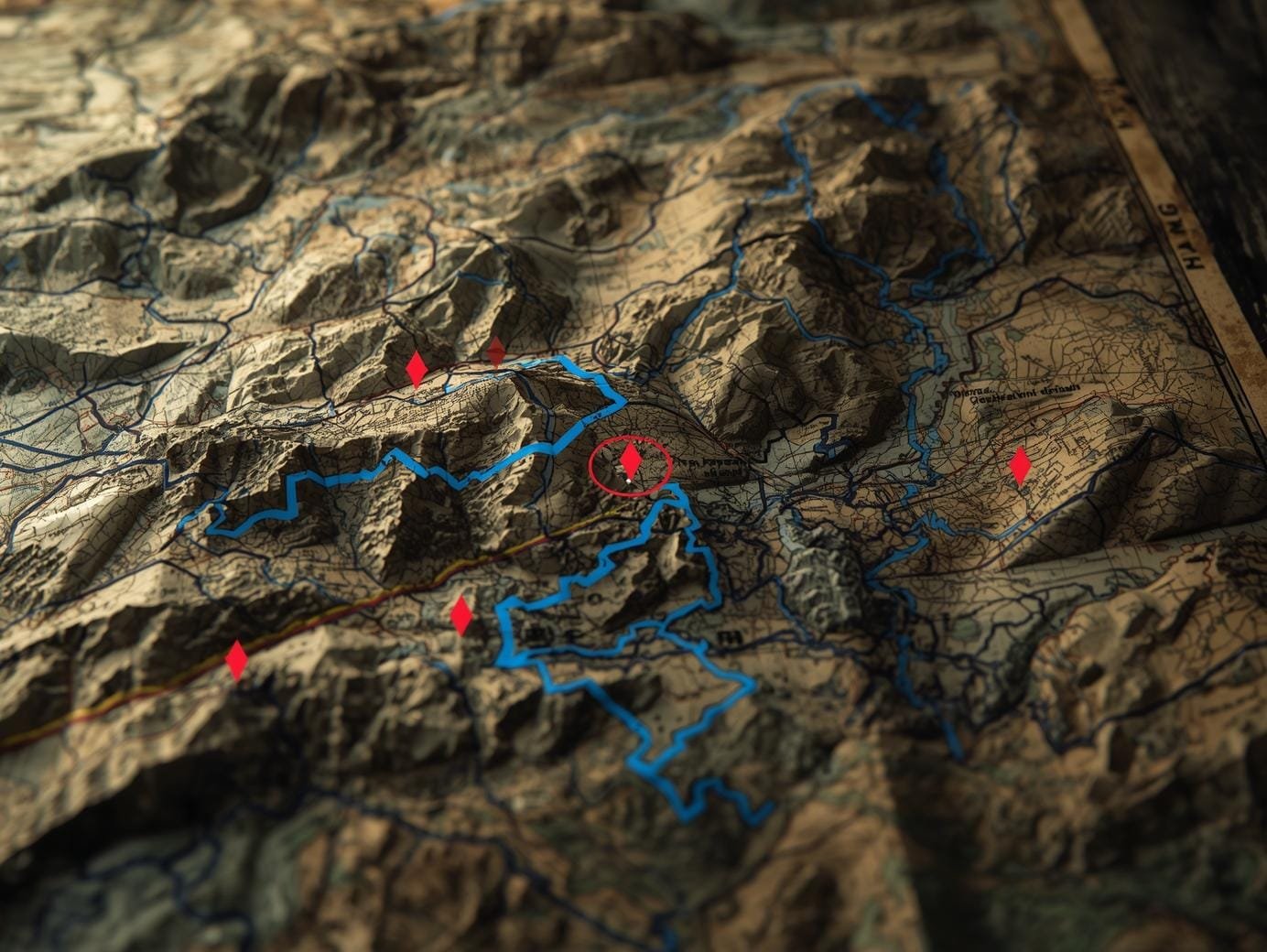
Good reconnaissance accomplishes three things that no amount of bravery or ideology can replace:
1. Identifying High-Value Targets
Reconnaissance exposes the seams in an enemy system—supply depots, convoys, weakly defended outposts, or infrastructure nodes that yield maximum disruption for minimal risk. Striking these targets magnifies limited resources into outsized effects.
2. Shaping Long-Term Strategy
Intelligence gathered over time reveals more than positions; it uncovers patterns. Understanding logistics flows, morale, and adaptation rates allows guerrillas to predict rather than react. Each successful reconnaissance cycle refines the next, turning a collection of raids into a coherent campaign.
3. Forcing the Enemy to React
When reconnaissance dictates tempo, the enemy loses initiative. Every unexpected strike compels them to divert forces, change routes, or deploy reconnaissance of their own. Each adjustment consumes time, manpower, and confidence.
Modern irregular campaigns apply these same principles through layered intelligence, surveillance, and reconnaissance (ISR) architectures. Commercial drones monitor supply routes, low-power sensors detect vehicle signatures, and open-source analysis tracks enemy communications. What began as scouts with notebooks has evolved into networks that merge visual, thermal, and digital reconnaissance into a single operational picture.
Strategic reconnaissance therefore does more than inform combat decisions—it shapes the war’s geometry. Guerrillas who master it don’t fight for survival; they fight on their own terms.
Learning from the Best: Guerrilla Reconnaissance in Action
History’s most successful guerrilla movements treated reconnaissance not as preparation, but as the operation itself. Their ability to see, understand, and anticipate determined outcomes long before contact.
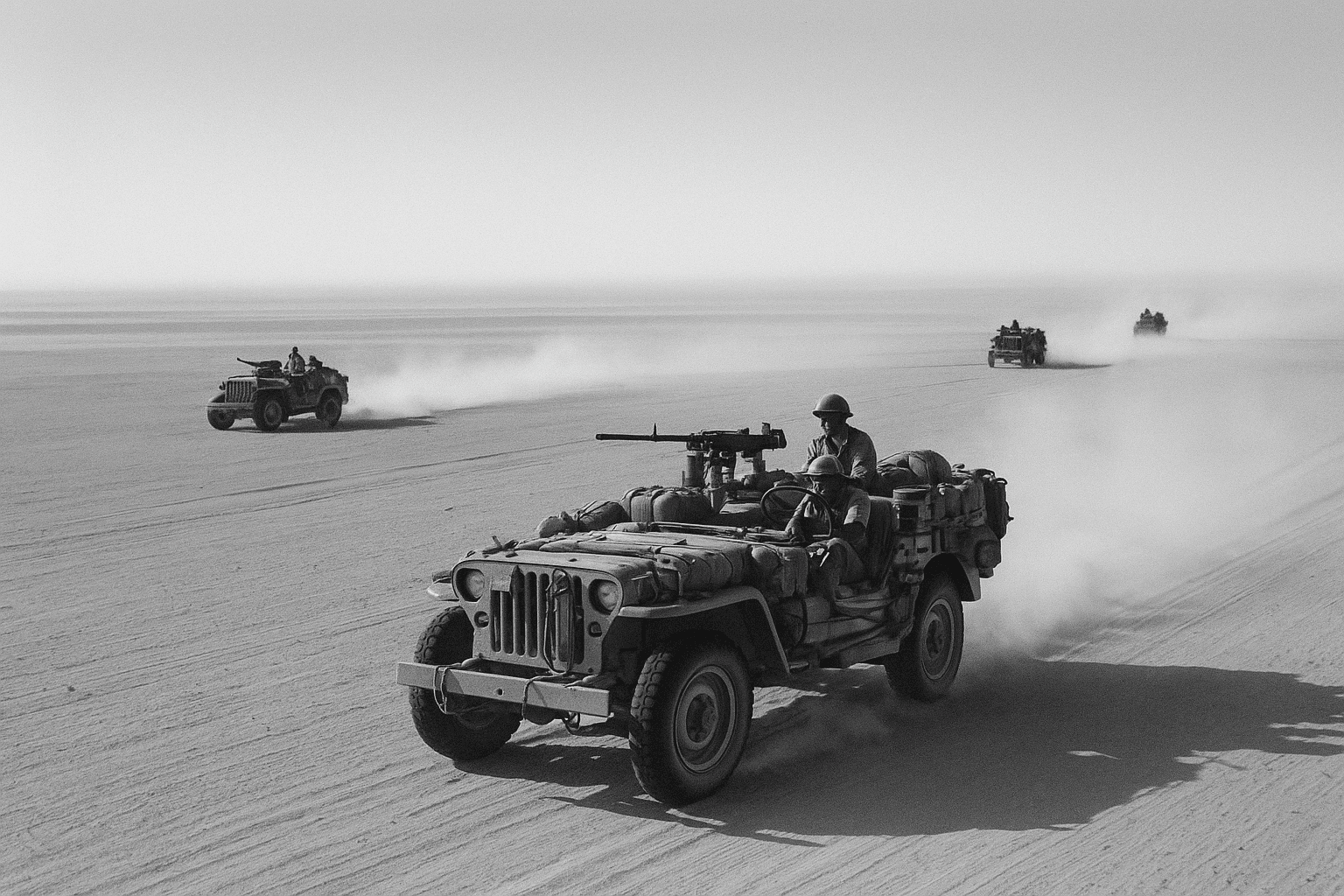
The Long Range Desert Group (WWII): Masters of the Sand
In North Africa, the British Long Range Desert Group (LRDG) turned the Sahara into a weapon. Operating far beyond conventional lines, they navigated vast deserts in stripped-down trucks to observe Axis convoys, airfields, and supply depots. Their mission was not destruction but discovery. By reporting enemy movements to Allied command, they disrupted logistics across thousands of miles without firing a shot.
Their strength was environmental mastery. They moved invisibly across a terrain that immobilized others and made intelligence their most powerful weapon.
Key Lessons:
- Terrain familiarity multiplies the effectiveness of small forces.
- Reconnaissance executed with discipline can shape entire theaters of war.
Modern analogue: Long-range drone reconnaissance in the Sahel follows a similar principle—isolated teams using mobility and sensors to cover wide areas, feeding intelligence into larger operational networks.
Viet Minh at Dien Bien Phu (1954): The Patience of Observation
The Viet Minh victory at Dien Bien Phu began months before the first artillery shell fell. Scouts infiltrated the French perimeter, charting every bunker, road, and firing arc. They tracked resupply convoys and studied air patterns to identify weak points. By the time the battle opened, French forces were already trapped inside a map the Viet Minh had drawn.
Their reconnaissance was continuous and cumulative—an unbroken chain of information from local peasants, scouts, and spotters. When fire support began, it was not guesswork; it was execution.
Key Lessons:
- Long-term, cumulative reconnaissance transforms tactical data into operational dominance.
- Intelligence must directly inform how and where forces commit to battle.
Modern analogue: Resistance networks in Ukraine have applied similar models, fusing local observation with drone surveillance to coordinate precision fires and sabotage behind Russian lines.
Russian Partisans vs. Napoleon (1812): The Power of Local Knowledge
As Napoleon’s Grand Army retreated from Moscow, Russian partisans weaponized their environment. Knowing every road, forest, and river crossing, they ambushed supply columns, isolated stragglers, and exploited the brutal winter. Their intelligence came from local knowledge—hunters, peasants, and Cossacks who understood terrain better than any general staff.
The result was the systematic disintegration of one of history’s largest invading forces without a single decisive battle.
Key Lessons:
- Indigenous knowledge remains irreplaceable even in technologically advanced eras.
- Reconnaissance succeeds when the population becomes an extension of the observation network.
Modern analogue: In conflicts from Afghanistan to Myanmar, local familiarity with terrain continues to outperform high-tech surveillance when supported by disciplined observation and communication.
When It Goes Wrong: The Cost of Failed Reconnaissance
For every successful guerrilla campaign built on intelligence, there is another that collapsed through neglect or arrogance. Failed reconnaissance blinds commanders, isolates units, and creates illusions of control. The result is not defeat by force, but by ignorance.
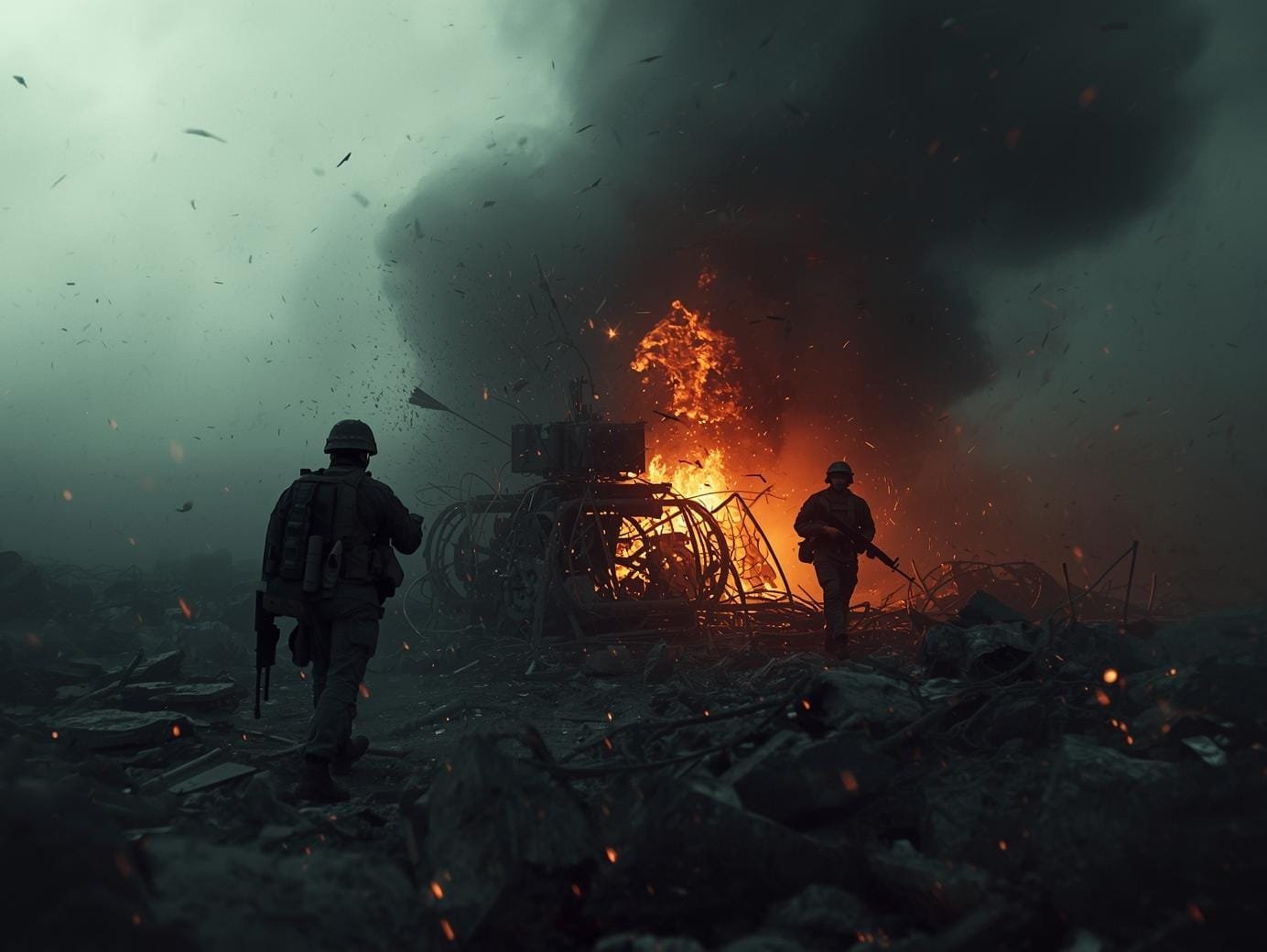
Che Guevara in Bolivia (1967): Fighting Blind
Guevara’s Bolivian campaign remains the classic case of intelligence failure in irregular warfare. His unit lacked maps, local guides, and reliable contact with the population. Cut off from the people, they lost access to the only reconnaissance network that could have warned them of Bolivian patrols and U.S. advisers closing in.
Operating without accurate terrain data or situational awareness, the guerrillas became prey in their own area of operations. Guevara’s capture was not the product of superior firepower—it was the predictable outcome of fighting blind.
Key Lessons:
- Local networks are the foundation of all reliable reconnaissance.
- No ideology can replace the need for geographic and cultural understanding.
French Command at Dien Bien Phu (1954): The Blind Fortress
While the Viet Minh perfected reconnaissance, the French command at Dien Bien Phu dismissed it. Confident in their fortified position, they failed to detect concealed artillery positions and underestimated the enemy’s logistics. When the siege began, they discovered too late that their own observation posts were useless against an enemy that had already mapped them.
Key Lessons:
- Overconfidence is the enemy of observation.
- Reconnaissance failures cascade—blindness at the top paralyzes the entire force.
British at Isandlwana (1879): Misreading the Invisible Enemy
Before the Zulu victory at Isandlwana, British forces assumed indigenous warriors lacked tactical sophistication. They neglected scouting, ignored reports of large Zulu concentrations, and left their camp exposed. The ensuing attack was swift and annihilating.
The defeat demonstrated that failing to understand how an opponent moves, hides, and communicates can be deadlier than facing a superior weapon.
Key Lessons:
- Never project your assumptions onto an unconventional enemy.
- Reconnaissance must account for how the adversary perceives the battlefield.
Modern Parallel: The Mirage of Technology
In recent conflicts, overreliance on technical reconnaissance has created its own blind spots. Drones and satellite feeds can saturate commanders with data but starve them of understanding. Information without interpretation leads to false confidence—airstrikes based on misidentified targets, or patrols sent into ambushes because ground truth was never verified.
Key Lessons:
- Technology amplifies capability but cannot replace human judgment.
- Every reconnaissance method requires context, confirmation, and skepticism.
When reconnaissance fails, strategy collapses. Guerrillas disappear, armies falter, and commanders lose the one element that cannot be replaced—awareness.
Insights from the Greats: What Military Thinkers Say
Throughout history, the sharpest military minds have recognized that intelligence is not an accessory to warfare—it is its foundation. From ancient theorists to modern counterinsurgency scholars, the lesson is consistent: reconnaissance defines both the means and the limits of strategy.
Sun Tzu: The Original Strategist
In The Art of War, Sun Tzu emphasized that knowledge of the enemy and of oneself ensures victory. He devoted entire chapters to the role of spies and scouts, treating intelligence as a weapon equal to armies. His premise remains timeless: a commander who acts without understanding the environment courts destruction before battle even begins.
Mao Zedong: Reconnaissance as Revolution
Mao viewed reconnaissance not as a prelude to combat, but as an ongoing condition of survival. In On Guerrilla Warfare, he argued that intelligence enables the weak to control tempo, select targets, and anticipate countermeasures. His insistence on blending reconnaissance with political work underscored that observation was both military and social—though the latter is treated separately in HUMINT doctrine today.
David Galula: Intelligence in Counterinsurgency
Writing during the Algerian War, Galula reframed reconnaissance as a two-way contest. Insurgents and counterinsurgents both seek to discover the other’s networks faster than they are discovered themselves. His insight remains central to modern irregular conflict: intelligence and counterintelligence operate as mirror images, with reconnaissance at the pivot.
David Kilcullen: Reconnaissance in the Network Age
Kilcullen’s work on modern insurgency redefined reconnaissance for an interconnected battlespace. He described it as a “pattern of life” problem—understanding not only what an adversary does, but why and when. In the age of drones, satellites, and open-source data, his argument is clear: tactical observation must be fused with behavioral analysis to be meaningful.
Modern ISR Doctrine: Seeing the Invisible
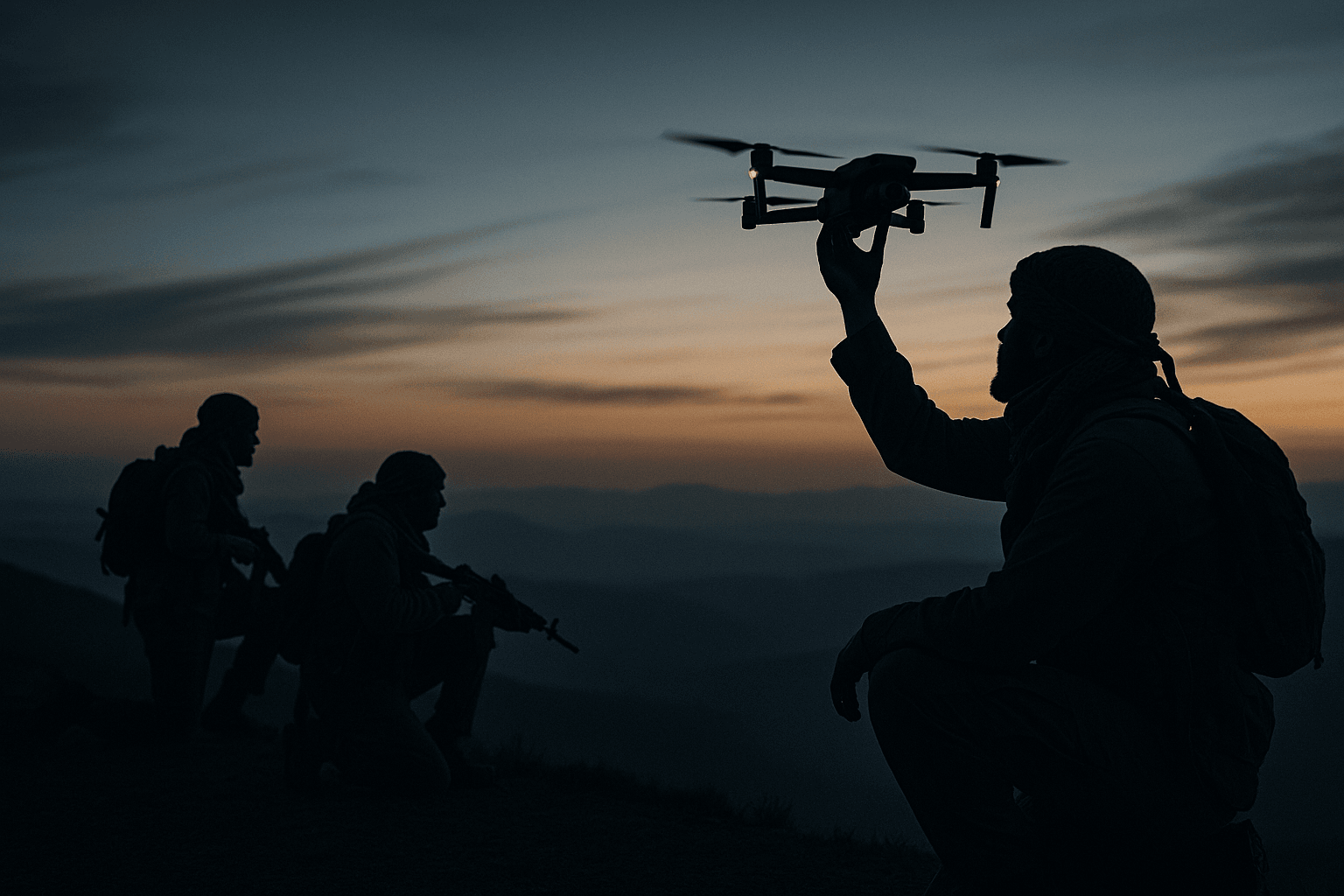
Today’s military thinkers extend these principles into integrated ISR systems. Multi-sensor reconnaissance—visual, thermal, and electronic—has turned the scout’s intuition into a distributed network of sensors, analysts, and algorithms. Yet the underlying principle remains ancient: data is useless without judgment. The commander must still discern meaning from noise.
Key Insight:
From Sun Tzu’s spies to modern ISR, reconnaissance remains the thread connecting every form of warfare. It is not the technology that defines success, but the ability to interpret reality before the enemy does.
The Guerrilla’s Best Weapon
Reconnaissance is the quiet discipline that determines whether a guerrilla force endures or vanishes. Firepower, ideology, and courage matter little if the enemy remains unseen. Every successful insurgency—from the Russian partisans to modern resistance movements—shares the same trait: an obsessive commitment to knowing more than the adversary.
In the past, this meant scouts moving through forests and villages with notebooks and compasses. Today, it includes small drones mapping terrain, passive sensors tracking vehicles, and encrypted channels coordinating real-time observation. Yet the essence has not changed. The side that sees first, understands faster, and acts decisively shapes the fight before it begins.
Reconnaissance also carries an ethical weight. It demands patience, discipline, and restraint—the ability to observe without exposing the force or endangering civilians. The best practitioners know that a clean withdrawal or a delayed strike can serve strategy better than any attack launched in ignorance.
History is unambiguous: where reconnaissance thrives, guerrillas endure; where it fails, they die blind. Knowledge remains the decisive weapon—the only one that multiplies with use and never runs out.
DISCLAIMER: Links included might be affiliate links. If you purchase a product or service with the links that I provide I may receive a small commission. There is no additional charge to you.

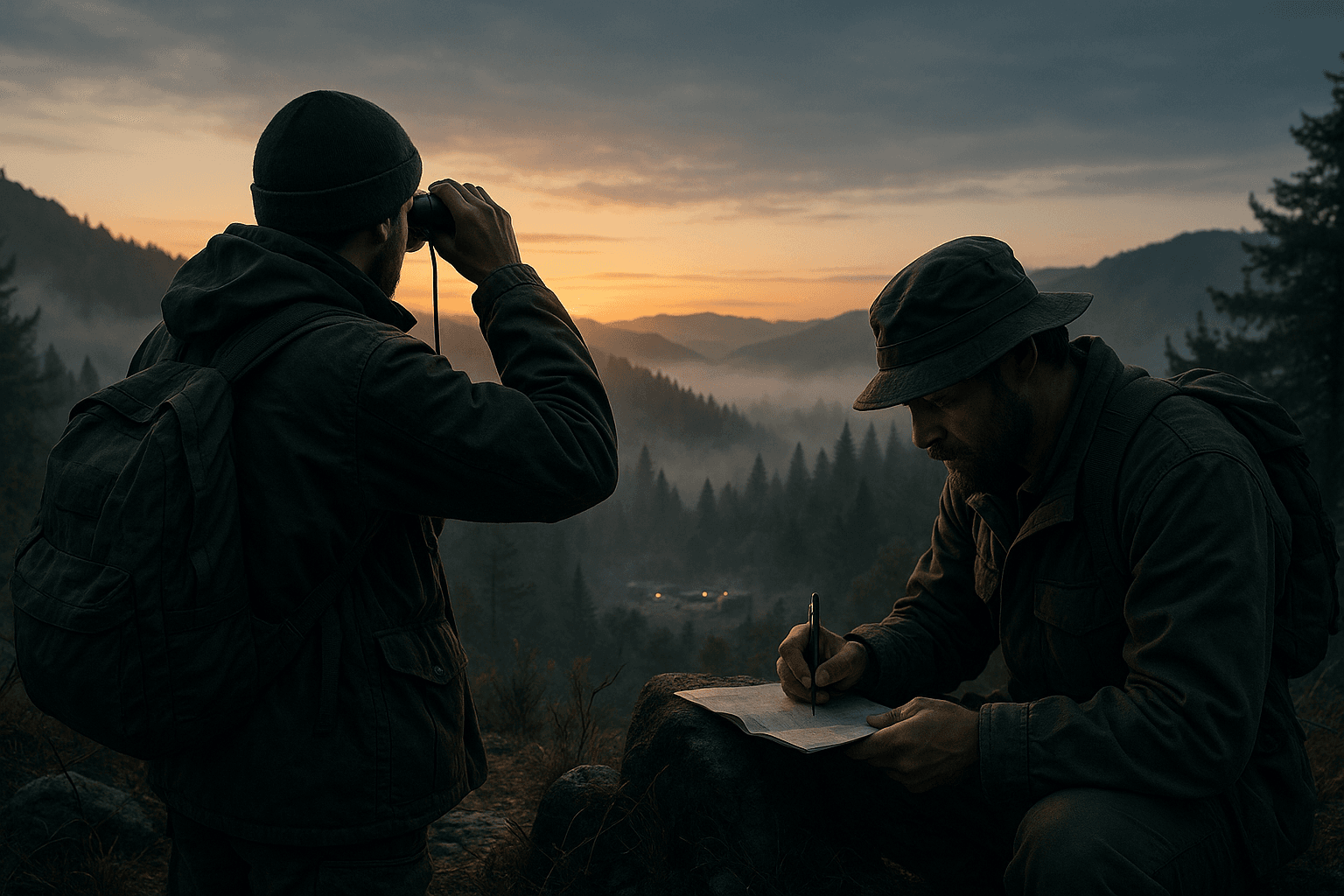
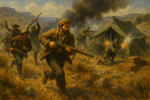
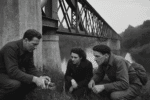
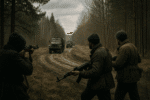
Leave a Reply